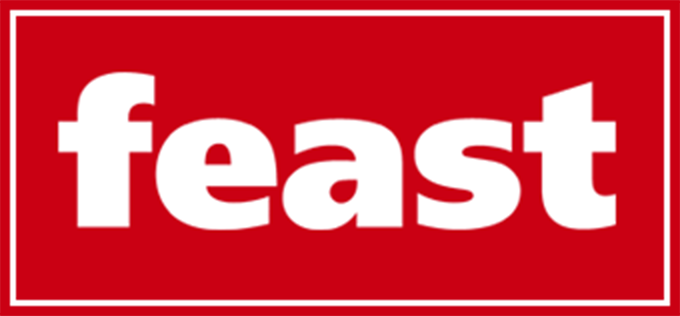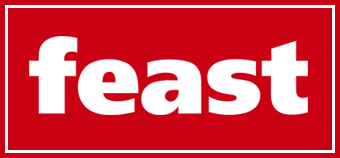Throughout his career, British entrepreneur and investor, Matt Haycox has built a reputation for turning complex ideas into actionable playbooks for founders and marketers. As events compress and digital channels reward brevity, he sets out a clear thesis: in 2026, short, sharp talks will outperform 60-minute keynotes on reach, recall and revenue.
His view is grounded in how budgets are planned now. CMOs track completion, attribution and post-session actions across LinkedIn, TikTok and YouTube. With attention constrained, Haycox argues airtime is the wrong metric.
Audience Attention Has Recalibrated
Haycox points to clear market signals. Shorter session formats mirror how audiences consume content, where completion and shareability drive visibility. Conference feedback loops show audiences prefer an 8 to 18 minute arc with one proposition and a clean narrative. The result is higher dwell and lower drop-off as attendees track a single, coherent idea without filler.
He notes that B2B buyers are time-poor and increasingly selective. Concentrated insight wins because it is easy to share internally and does not demand a 60-minute commitment. Short talks also fit multi-track agendas, letting organisers stack relevant niches, improve session relevance and attract broader, better-qualified segments across overlapping interests.
What This Means For ROI
Fewer minutes can yield more touchpoints because one concise talk becomes multiple clips, carousels and quotes at a lower production cost. Completion rates and post-session actions rise when the message is singular and the CTA is immediate. Teams can A/B test titles and hooks at the session level, then scale only the variants that earn engagement.
Short Formats Drive Marketing Outcomes
Haycox frames brevity as a conversion strategy: clarity increases memory, memory drives word of mouth and word of mouth lowers acquisition costs. Short talks force discipline by imposing limitations, which mirrors how CMOs brief performance campaigns. The structure minimises cognitive load while maximising the salience of the next step.
Speaker slots become launchpads for product positioning, category narratives or data drops that translate directly into campaign headlines. Lead capture also improves when the audience is not fatigued, with energy at the close correlating to higher QR uptake and faster funnel movement. His advisory support for fintech and service startups informs this emphasis on lower CAC and cleaner handoffs to sales.
From Stages To Feeds Seamlessly
Haycox emphasises distribution-first planning. A 12 minute talk can be sliced into 6 to 10 native assets for LinkedIn, Shorts, Reels and email, sustaining cadence without the need to film new material. Algorithms now reward consistent posting and watch time, so micro-clips extend the lifecycle of a single appearance for weeks rather than days.
Speakers and brands gain compounding reach when audiences encounter the same idea across multiple touchpoints in different formats. Event partners favour this approach because sponsor visibility travels beyond the room and beyond the event week. His podcast, No Bollocks with Matt Haycox, surpassing a million downloads, reflects how modular content sustains attention across platforms and time.
A Clip-First Content Workflow
He recommends building talks around modular beats: hook, proof and takeaway. This is so editors can cut clean 20 to 90 second clips. Script on-screen prompts and visual anchors that translate to subtitles and carousels. Pre-define CTAs per clip to match intent (follow, download, register or book), each tagged with unique UTMs for precise attribution.
Designing Talks For Measurable Impact
Haycox advises a simple structure: one thesis, three sharp points, one practical action, supported by one memorable case or metric. Write the session title like an ad headline and test variations on social to identify the highest dwell and click-through before the event. This pre-optimisation lifts in-room response and extends downstream performance.
Operationally, sync stage CTAs with a live landing page, mobile-first capture and an immediate follow-up sequence tailored to session content. Collect fast feedback via a two-question pulse at exit or QR to refine messaging resonance.
To bring these principles to life at your next conference or marketing summit, you can book Matt Haycox as a keynote speaker for a short, sharp session built for measurable impact.
Event Economics Favour Brevity
Short talks let organisers programme more voices without diluting quality, raising perceived value and strengthening ticket justification. Sponsors gain repeated, high-intent placements across multiple short sessions rather than banking on one long keynote with variable engagement. The format better matches how commercial teams report on touchpoints, frequency and cost per engaged attendee.
Hybrid delivery also benefits. Shorter segments reduce drop-off on streams and produce more on-demand assets for post-event monetisation. Haycox notes cost per qualified lead drops when content is engineered for replay, referral and repackaging, not for stage duration. His work through The Matt Haycox Foundation underscores a bias for practical, measurable impact that audiences and partners can verify.
Looking Ahead
By prioritising precision over length, Haycox argues that marketers and event leaders can align stage time with current consumption realities. The winning strategy in 2026 will be short, sharp and built to travel: design talks for distribution, measure what moves the funnel and build authority through repeated, useful ideas rather than extended airtime.



